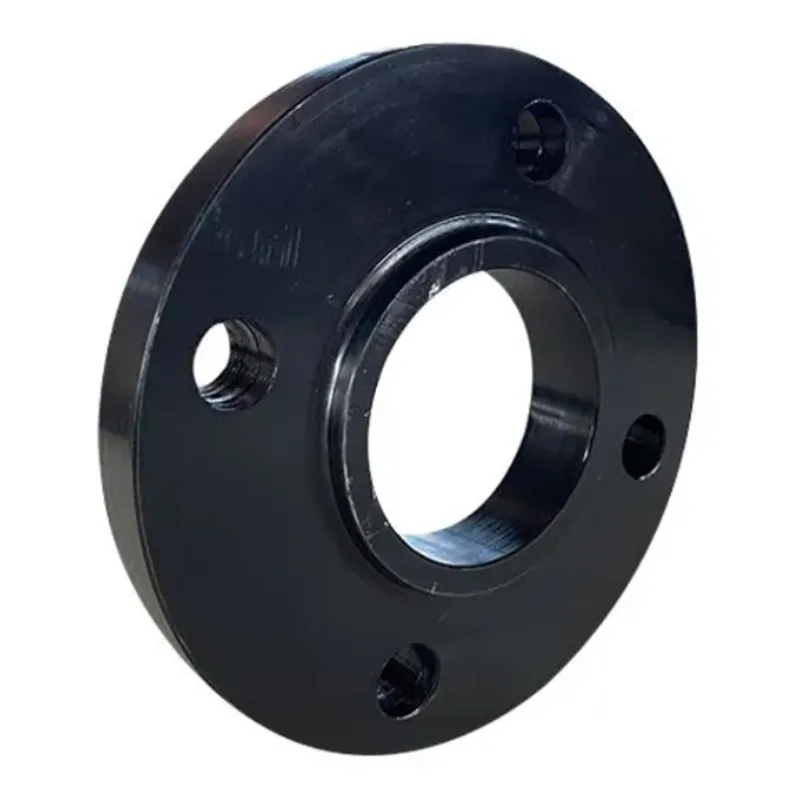-
Cangzhou Yulong Steel Co., Ltd.
-
Phone:
+86 13303177267 -
Email:
admin@ylsteelfittings.com
- English
- Arabic
- Italian
- Spanish
- Portuguese
- German
- kazakh
- Persian
- Greek
- French
- Russian
- Polish
- Thai
- Indonesian
- Vietnamese
- Zulu
- Korean
- Uzbek
- Hindi
- Serbian
- Malay
- Ukrainian
- Gujarati
- Haitian Creole
- hausa
- hawaiian
- Hebrew
- Miao
- Hungarian
- Icelandic
- igbo
- irish
- Japanese
- Javanese
- Kannada
- Khmer
- Rwandese
- Afrikaans
- Albanian
- Amharic
- Armenian
- Azerbaijani
- Basque
- Belarusian
- Bengali
- Bosnian
- Bulgarian
- Catalan
- Cebuano
- China
- China (Taiwan)
- Corsican
- Croatian
- Czech
- Danish
- Esperanto
- Estonian
- Finnish
- Frisian
- Galician
- Georgian
- Kurdish
- Kyrgyz
- Lao
- Latin
- Latvian
- Lithuanian
- Luxembourgish
- Macedonian
- Malgashi
- Malayalam
- Maltese
- Maori
- Marathi
- Mongolian
- Myanmar
- Nepali
- Norwegian
- Norwegian
- Occitan
- Pashto
- Dutch
- Punjabi
- Romanian
- Samoan
- Scottish Gaelic
- Sesotho
- Shona
- Sindhi
- Sinhala
- Slovak
- Slovenian
- Somali
- Sundanese
- Swahili
- Swedish
- Tagalog
- Tajik
- Tamil
- Tatar
- Telugu
- Turkish
- Turkmen
- Urdu
- Uighur
- Welsh
- Bantu
- Yiddish
- Yoruba

Aug . 06, 2024 12:02 Back to list
Overview of EN 1092-1 Type 11 Flanges and Their Applications in Industry
Understanding Flange EN 1092-1 Type 11 Specifications and Applications
Flanges are vital components in piping systems, providing a secure connection between pipes, valves, and other equipment. One of the standardized flange types recognized in the industry is the EN 1092-1 Type 11 flange. This article explores the specifications, dimensions, materials, and applications of EN 1092-1 Type 11 flanges.
Overview of EN 1092-1
The EN 1092-1 standard, established by the European Committee for Standardization (CEN), specifies the requirements for flanges made of metallic materials. This standard ensures that flanges meet specific performance criteria and are interchangeable across various applications. Among the different types of flanges defined in the standard, Type 11 is characterized by its raised face design and is commonly used in various industrial sectors.
Specifications of EN 1092-1 Type 11 Flanges
1. Design Features EN 1092-1 Type 11 flanges are distinguished by their raised face (RF) configuration. The raised face is designed to provide a tight seal when mated with a corresponding flange, enhancing the leak-proof capabilities of the joint.
2. Size and Dimensions The EN 1092-1 Type 11 flanges come in various sizes, typically ranging from nominal pipe sizes (NPS) of 15 mm to 1200 mm or more. The dimensions follow strict guidelines to ensure compatibility with standard piping systems.
3. Pressure Ratings Flanges under this specification are available in multiple pressure ratings, including PN 2.5, PN 6, PN 10, and PN 16, among others. The pressure rating determines the maximum pressure that the flange can safely withstand, making it crucial for selecting the appropriate flange for a given system.
4. Material Composition EN 1092-1 Type 11 flanges are manufactured from a variety of materials, including carbon steel, stainless steel, and alloy steel. The choice of material is influenced by the operating environment, such as temperature, pressure, and the nature of the fluid being transported.
flange en 1092 1 type 11

Applications of EN 1092-1 Type 11 Flanges
EN 1092-1 Type 11 flanges are used in a wide array of applications across different industries
1. Oil and Gas In the oil and gas sector, these flanges play a critical role in ensuring the integrity of pipelines that transport crude oil, natural gas, and other fluids. Their robust design helps to withstand high pressures and prevent leaks.
2. Chemical Processing Many chemical plants utilize EN 1092-1 Type 11 flanges to connect pipelines handling various chemicals. The ability to choose flanges made from different materials allows for compatibility with corrosive substances.
3. Water Supply and Treatment Municipal water supply systems often incorporate Type 11 flanges for their durability and reliable sealing capabilities. This ensures safe and efficient transportation of potable water.
4. Power Generation In power plants, these flanges are used in cooling systems, steam lines, and various other piping systems to maintain proper flow rates and pressure requirements.
Conclusion
EN 1092-1 Type 11 flanges are essential components in modern piping systems, offering reliability and performance in diverse applications. Understanding their specifications, material choices, and appropriate applications is crucial for engineers and procurement professionals involved in the design and maintenance of piping systems. By adhering to the EN 1092-1 standard, industries can ensure the safe and efficient operation of their systems, ultimately contributing to operational success and safety.
Latest news
-
ANSI 150P SS304 SO FLANGE
NewsFeb.14,2025
-
ASTM A333GR6 STEEL PIPE
NewsJan.20,2025
-
ANSI B16.5 WELDING NECK FLANGE
NewsJan.15,2026
-
ANSI B16.5 SLIP-ON FLANGE
NewsApr.19,2024
-
SABS 1123 FLANGE
NewsJan.15,2025
-
DIN86044 PLATE FLANGE
NewsApr.19,2024
-
DIN2527 BLIND FLANGE
NewsApr.12,2024
-
JIS B2311 Butt-Welding Fittings LR/SR 45°/90° /180°Seamless/Weld
NewsApr.23,2024











